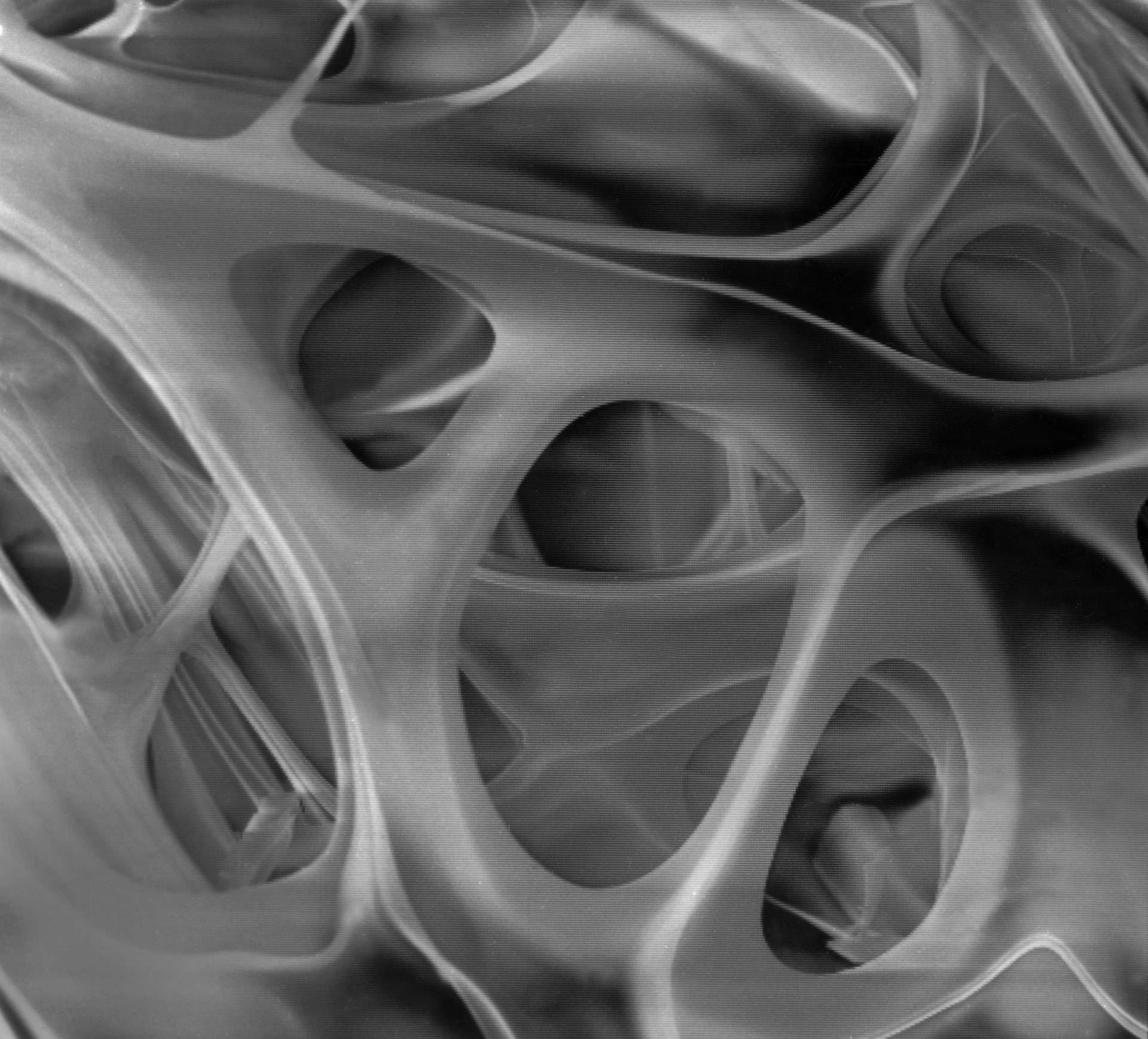Massive reconstruction of bone tissue is an unmet clinical situation that has to be resolved by implantation of prosthesis that replaces the missing bone and lets the patient achieve a functional recovery. The problem of bone reconstruction is particularly delicate in the head and face regions, where functional recovery has to be accompanied by good aesthetic results to prevent psychological harm to the individual. Maxillofacial surgery is particularly challenging due to the complexity of face anatomy. The use of autologous and alloplastic materials, has been tempered by complications such as foreign body reactions, resorption and displacement. In turn, titanium implants offer a functional solution, but they have to be hand-formed by shaping and adjusting titanium plates and meshes in the operation theatre and, as a result, a true-to-original reconstruction of the demanding 3D anatomy of the face bones is rarely achieved. The application of electron beam melting technology (EBM) to implant manufacturing can solve the shaping of the implant. EBM is a metal sintering technique that uses computer-assisted design and manufacturing (CAD/CAM) to fuse clinical-grade titanium powder (Ti6Al4V ELI) into 3D pieces of exactly the desired size and shape. This facilitates the manufacturing of custom-made implants that accurately match the anatomy of the patient’s face.
Although EBM sintering can solve the problem of anatomical matching, the problem of osseointegration still persists. The need of a facial implant can arise after a severe trauma, but it is most commonly associated to some disease affecting bone. One such disease is jaw osteonecrosis. This consists on an avascular degeneration of the bone associated to radiotherapy or prolonged bisphosphonate treatment. It can only be solved by resecting the affected bone and replacing it with a prosthetic implant. However, the integration of the implant is defective due to the damage caused by radiation and/or biophosphonates on the bone. Poor osseointegration means poor structural and functional connection between the implant and the hosting bone, and it drives to the mid- and long-term failure of the prosthesis. Regenerative medicine can assist this problem through its applied disciplines: tissue engineering and cell therapy. Stem cells and osteoinductive biomaterials and molecules could be administered together with the prosthetic implant to stimulate new bone formation and promote osseointegration. Such is precisely the purpose of CoaTReg project. By gathering the knowledge and experience of medical engineers, clinicians and biologists, we intend to develop a new type of maxillofacial implant that integrates the mechanical support of a metal prosthesis with the regenerative capacity of an engineered tissue. Our goal is to combine a highly porous metal scaffold, made by EMB sintering technology, and tissue engineering elements (biomaterials, signalling molecules and stem cells) to produce a bioactive implant for maxillofacial surgery, and to test this implant in a concrete clinical setting: reconstruction of full-thick mandibular defects..





